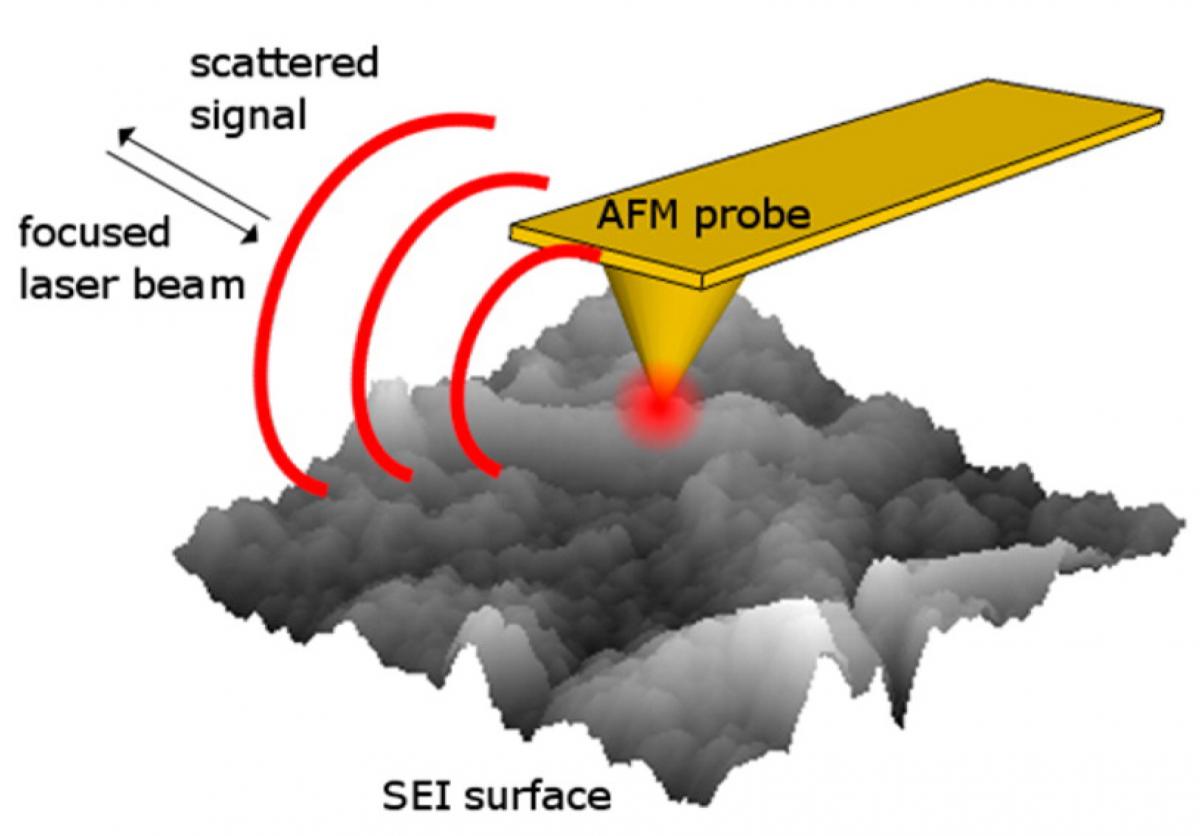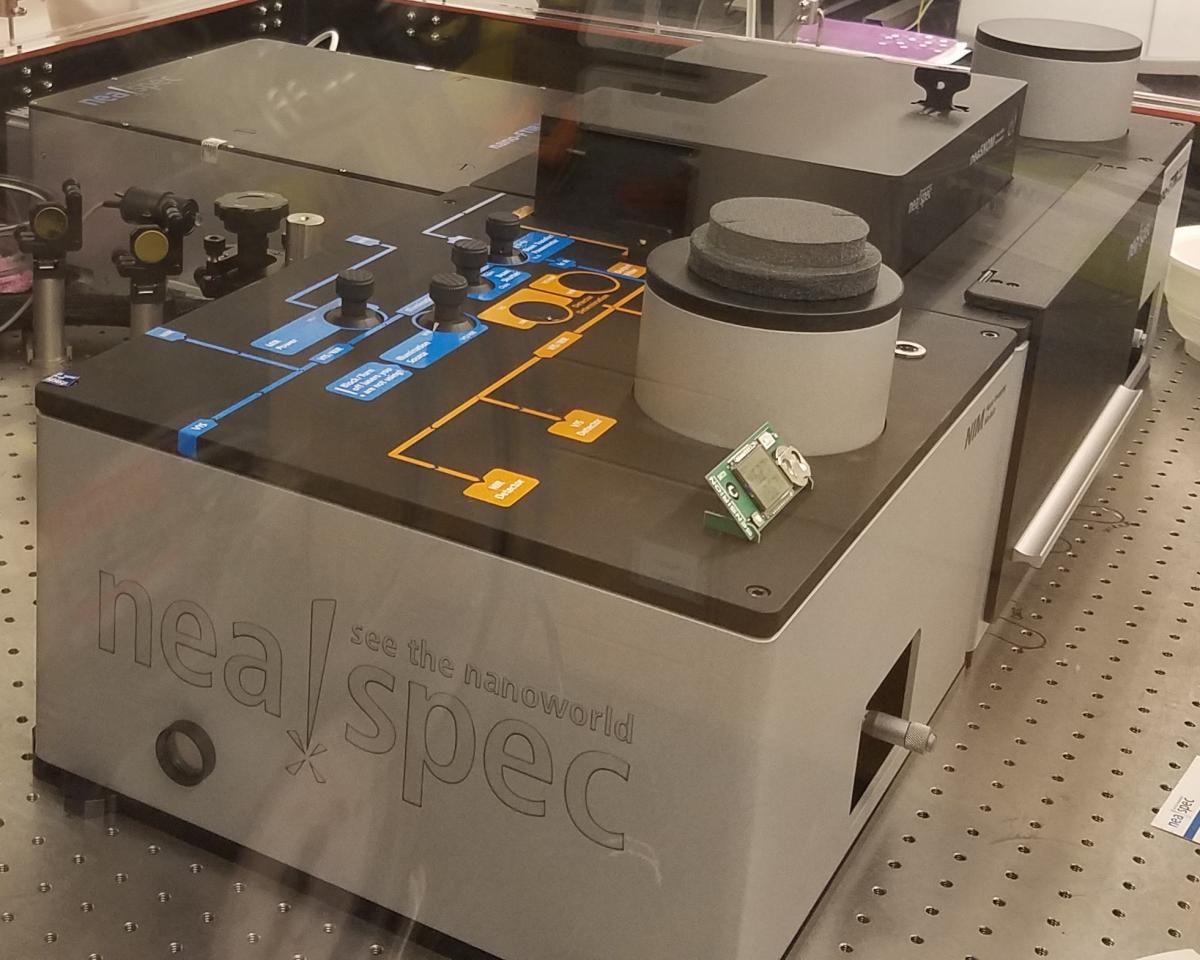Capabilities
Capabilities
The Kostecki lab contains infrared, Raman, and XPS spectrometers with air-free measurement and mapping capability, AFM and optical microscopes, gloveboxes for air-free electrode preparation and cell assembly and potentiostats for cell testing. Group members also access shared LBL capabilities at the Molecular Foundry and conduct synchrotron x-ray work at the ALS.
Raman Spectroscopy
Our confocal Renishaw Qontor Raman system is equipped with 488nm and 633nm excitation lasers, a mapping stage capable of 100 nm spatial resolution, and autofocus with 16nm vertical precision. It also has a light-tight enclosure with feed-throughs for operando cell characterization. Some of our research using Raman is shown on our Raman research page.
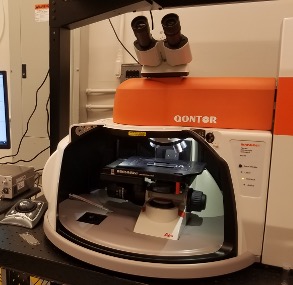
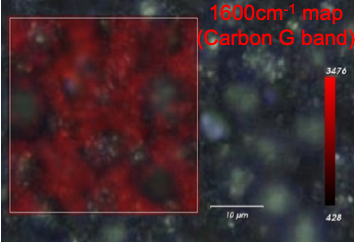
Infrared Spectroscopy (FTIR)
A Shimadzu IR-tracer FTIR spectrometer housed in a nitrogen-filled environmental chamber for air-free measurements. It is equipped with an ATR attachment with Ga/Se, Si, Diamond/ZnSe crystals allowing for measurement of a large range of solids and liquids, and an optional transmission measurement module.
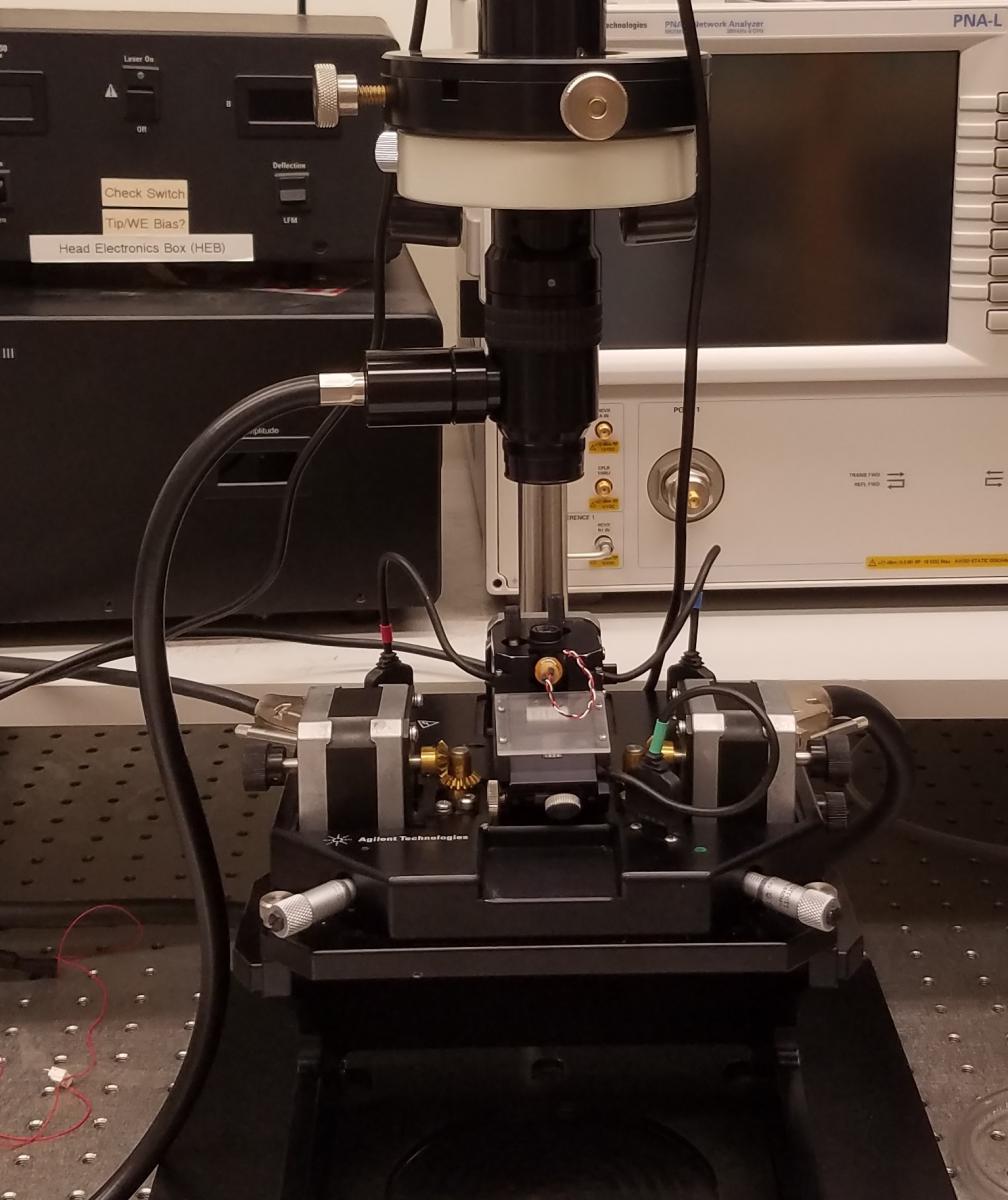
Atomic Force Microscopy (AFM)
Our Agilent (currently Keysight) AFM features a highly modular microscope and scanner. The AFM has two types of scanners: one for large scan area (90µm X 90µm) scanning and another one for high resolution (9µm X 9µm) scanning. It also has a variety of accessories such as an environment-control closure and a fluid operation sample stage which are suited for electrochemical applications.
Infrared Nanospectroscopy
Infrared nanospectroscopy is a unique tool available in the Kostecki lab. It combines atomic force microscopy (AFM) with infrared spectroscopy. Infrared light is focussed to the AFM tip, which locally amplifies the electric field of the incident beam. This enables infrared spectroscopy at a lateral and depth resolution on the order of the tip radius, i.e. ~10 nm. This greatly exceeds the normal diffraction limit for infrared light, and provides a unique nanoscale chemical mapping capability. The system is equipped with 3 tunable QCLs for IR nanoscopy and a broadband laser for nano-FTIR, and is housed in an environmental chamber to enable air-free experiments. The development of this technique is part of our ongoing research.
Spectral Ellipsometry
Spectral ellipsometry measures the ratio and phase shift between s- and p-polarized light upon reflection from a sample surface, as a function of wavelength. It is a fast, non-destructive technique for determining film thicknesses (1-1000 nm) and compositions particularly of flat, transparent films with planar interfaces.

Tools for Water Research
- Wescor 5600XR vapor pressure osmometer.This instrument measures the dew point temperature depression of a solution in vapor equilibrium in a closed chamber; it is more suitable than a freezing point depression measurement for viscous and concentrated samples, and does not require modification of the sample as it is performed at 25 °C.
- Solar simulator (Newport, 94081A)
- Forward Osmosis set up: acrylic cross-flow cell (Sterlitech Corporation). The cell consists of two symmetric channels for the feed and draw solutions separated by a thin film composite membrane with an effective area of 30 cm2. Feed and draw solutions are pumped using a peristaltic pump.
- Three custom built electrochemical work stations for electrode (flow and static) testing with influent and effluent pH and conductivity monitoring.
Splat Quencher and Arc-Melt Furnace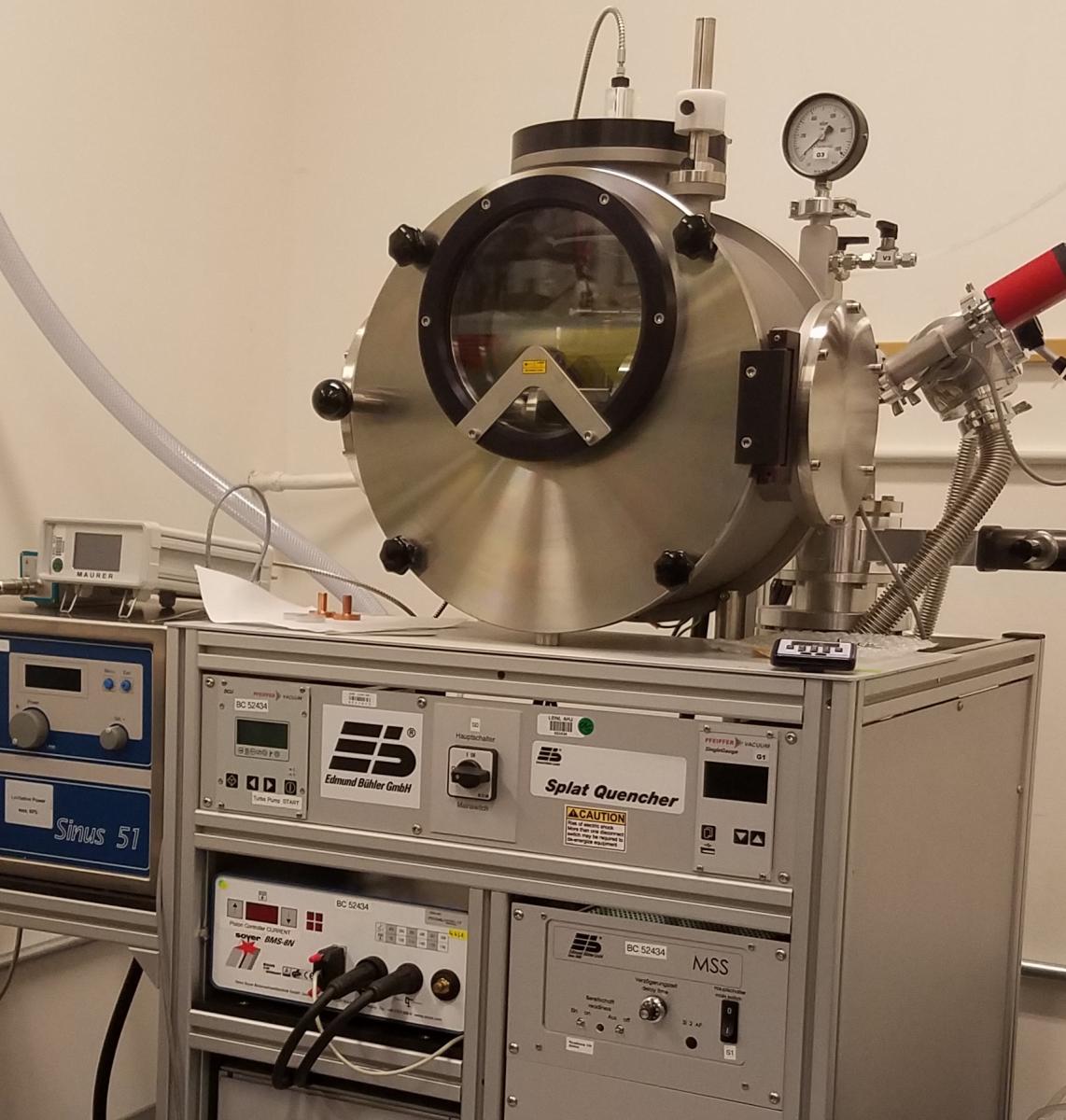
Our splat quencher (shown right) is a unique tool in the energy storage field. It is capable of melting reactive alloys with a maximum melting temperature of 2500°C via levitation melting. Subsequently, the molten droplet is rapidly cooled (with cooling rates up to 106 K/sec) by being splatted between two copper pistons to form amorphous metallic glasses. The instrument has a loading capacity of 80-200 mg, and produces a splat with a thickness of 20-100 µm and a diameter of 10-30mm.
Our arc-melt furnace (Materials Research Furnaces Inc.) has a single arc with a maximum operating temperature of 3500°C in an inert environment. The instrument is well-suited for intermetallic alloys synthesis for electrochemical energy storage applications. It is used to prepare the feedstock material for the splat quencher.
Gloveboxes and Potentiostats
We have four VAC gloveboxes for Li ion battery work dedicated to electrolyte and electrode preparation and cell assembly and testing. Multiple bio-logic potentiostats are available for cell testing, and feed-throughs are available to test cells inside a glovebox if needed. A range of different electrochemical cells, as well as the resources to construct custom cells for specific experiments, are available.
Berkeley Lab User Facilities
Molecular Foundry: foundry.lbl.gov
Advanced Light Source (ALS): als.lbl.gov
